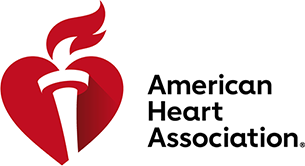SELECTING A CUFF SIZE
Make sure you purchase and provide patients with devices best suited for them.

Devices with an upper arm cuff provide the most accurate blood pressure readings. Wrist cuffs should not be used unless the patient cannot use an upper arm cuff due to arm size being too large to fit a cuff or for medical reasons. Finger devices should never be used. Clinical guidelines do not recommend the use of finger devices because they are less accurate than upper arm devices.

Measure Your Patient’s Arm
Wrap a tape measure around the patient’s bicep, at mid-arm to determine the arm circumference (typically measured in cm).
Select a Cuff Size Based on Arm Circumference
The ideal cuff bladder length is ≥ 80 percent of the patient’s arm circumference. The ideal cuff bladder width is ≥ 40 percent of the patient’s arm circumference.
| Arm Circumference | Recommended Cuff Size (width x length in cm) | |
|---|---|---|
| cm | in | |
| 22 – 26 | 8.7 – 10.2 | 12 x 22 (small adult)* |
| 27 – 34 | 10.6 – 13.4 | 16 x 30 (adult)* |
| 35 – 44 | 13.8 – 17.3 | 16 x 36 (large adult)* |
| 45 – 52 | 17.7 – 20.5 | 16 x 42 (extra-large adult) |
Manage Devices
Once you have purchased the correct devices, get organized with our device inventory and management tools.
“Interventions such as goal setting, provision of feedback, self-monitoring, follow-up, motivational interviewing and promotion of self-sufficiency are most effective when combined.”


